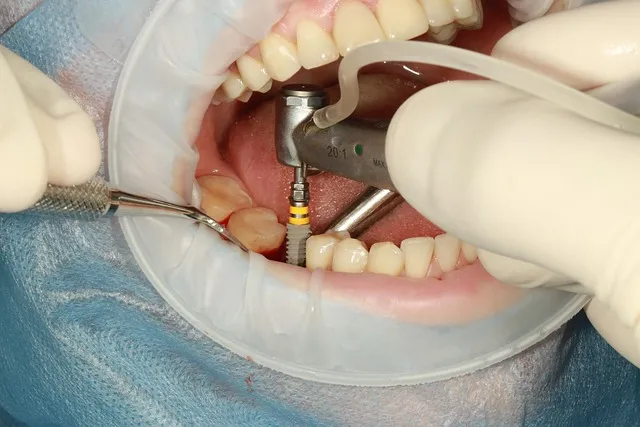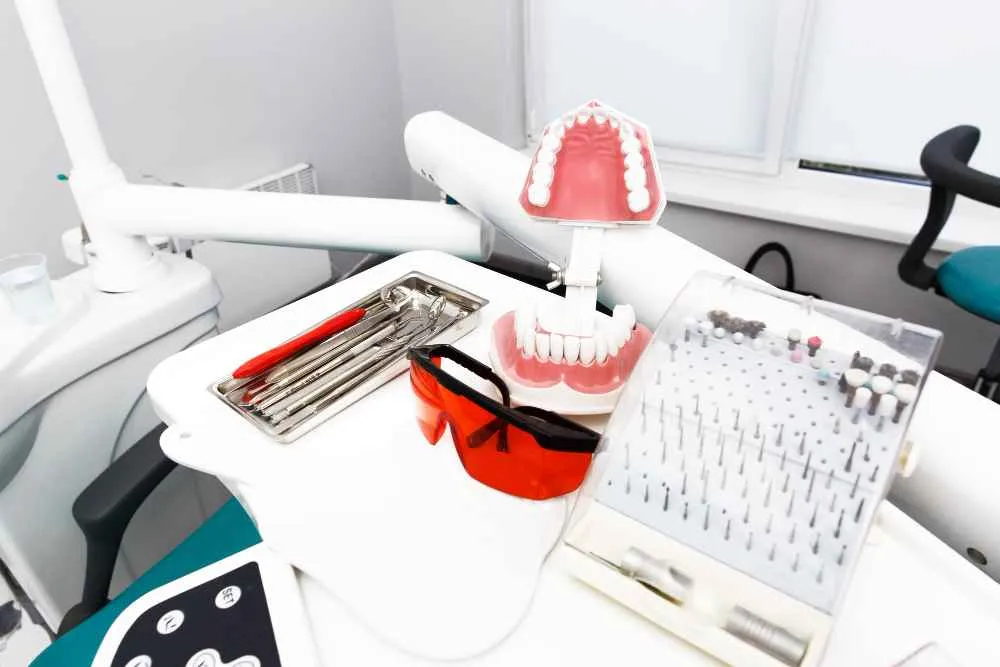Are you spotting unexpectedly and wondering if it's a period or something else? Many women ask this, especially when trying to get pregnant. One possible answer is implantation bleeding. But what makes it confusing is the variation in implantation bleeding colour. It can look pink, brown, or even slightly red, but is it normal?
Here, we explore what implantation bleeding looks like, when it happens, how long it lasts, and what its colour means. Plus, we break down the differences between period blood and early pregnancy spotting.
What Does Implantation Bleeding Colour Tell You?
Implantation bleeding happens when a fertilised egg sticks itself into the uterine wall. This small process can break some tiny blood vessels. As a result, light spotting appears.
Now, the implantation bleeding colour can vary from woman to woman. The common shades include:
-
Light pink: Seen in early hours after bleeding begins. Indicates fresh, minimal blood.
-
Rust brown: Blood that's taken time to exit the body. Common for next-day spotting.
-
Dark brown: Older blood that mixes with cervical mucus.
It rarely appears bright red. If it does, and the flow increases, you might be looking at an early period instead.
The bleeding is usually light. You may see it only when wiping or as a small spot on your pantyliner. Unlike menstrual bleeding, it doesn’t fill pads or tampons.
And remember, not everyone experiences it. Some women go through early pregnancy without any bleeding. That’s normal too.
How Is It Different From Period Blood?
Period blood and implantation spotting are often confused. But the differences are clear once you know what to check.
1. Flow Type
Menstrual flow is heavy, gets stronger over time, and lasts several days. Implantation bleeding is usually light and doesn't increase.
2. Colour
Period blood starts bright red and gets darker. The implantation bleeding colour stays in shades of pink or brown throughout.
3. Timing
Implantation bleeding happens around 6 to 10 days after ovulation. Periods occur around 14 days post-ovulation. So if it’s early, it might not be your period.
4. Duration
Periods last 4–7 days. Implantation bleeding may last a few hours to three days.
When Exactly Does Implantation Bleeding Occur?
Let’s break down the timeline. After fertilisation, the egg takes about a week to travel through the fallopian tube. Once it reaches the uterus, it implants into the lining. This usually happens 10 to 14 days after ovulation.
That’s when implantation bleeding colour becomes visible in some women. It’s generally light, doesn’t soak a pad, and appears as a smear or light discharge.
Some people misread this as an early period. But spotting that shows up before your usual date, especially when trying to conceive, may be implantation bleeding.
Important note: It’s very rare to see implantation bleeding after your expected period date. If you see bleeding, then, it’s more likely something else.
Can You Miss Implantation Bleeding?
Yes, many women don’t get any spotting at all. That’s normal. It doesn’t mean there’s a problem.
Hormones, stress, and even lifestyle changes can affect whether or not implantation bleeding shows.
Some who do spot might notice it only while wiping. Others might not connect it to implantation because it lasts just a few hours.
Roughly, a large portion of women experience some bleeding early in pregnancy. Most of the time, it’s harmless. Still, if you feel unsure, check with a doctor.
Does Implantation Bleeding Mean a Healthy Pregnancy?
Spotting can be part of a healthy pregnancy. It simply means the embryo has started attaching.
But spotting doesn’t guarantee pregnancy. Nor does the lack of spotting rule it out. To be sure, take a pregnancy test a few days after the missed period.
More importantly, look out for signs like:
-
Breast tenderness
-
Fatigue
-
Nausea
-
Implantation cramping
These, along with light pink or brown spotting, suggest early pregnancy. But nothing confirms it like a test.
Implantation Bleeding vs. Period Blood
|
Feature |
Implantation Bleeding |
Menstrual Period |
|
Timing |
6–10 days post-ovulation |
11–14 days post-ovulation |
|
Colour |
Light pink, brown, rust |
Bright red to dark red |
|
Flow |
Very light, spot or smear only |
Moderate to heavy |
|
Duration |
Few hours to 3 days |
4 to 7 days |
|
Pain |
Mild cramping |
Moderate to strong cramps |
|
Pattern |
Irregular spotting |
Steady flow |
Can Implantation Bleeding Last Longer?
Normally, it ends within 2–3 days. But in some cases, light spotting might last up to 5 days. This happens more often in first pregnancies.
If you notice heavy bleeding, like pad-soaking flow, it’s unlikely to be implantation. You should reach out to your doctor.
Also, cramping with spotting is normal. But if pain increases or you get dizzy, don’t wait. Talk to a professional.
Why Can the Colour Change During Implantation?
As blood takes time to exit, its shade changes. Fresh blood appears pink or red. Older blood appears brown or even dark.
Implantation bleeding colour changes depending on:
-
Time it takes blood to exit the uterus
-
Thickness of uterine lining
-
Hormonal levels
Usually, the change is not a sign of a problem. It’s how the body responds to a tiny process.
Bleeding After Implantation: What to Know
Some women see spotting days after implantation. This may not be from the embryo but from:
-
Cervical sensitivity
-
Hormonal imbalance
-
Vaginal infection
If bleeding continues for more than a week or gets heavier, it’s time to test and talk to a gynaecologist.
Remember, implantation bleeding colour alone doesn’t define pregnancy health. You must check other signs too.
Additional Considerations: Hormones, Pills, and Tests
Contraceptive pills, hormone therapy, or even recent infections can affect the uterus. Sometimes, they cause light bleeding that looks like implantation.
Also, stress changes your hormone cycle. So spotting might be late ovulation or an irregular cycle.
Take a test to be sure. And don’t compare your cycle with friends. Every woman is different.
Final Thoughts
So now you know: the implantation bleeding colour ranges from light pink to deep brown. It’s usually harmless, short, and light. But it can easily be mistaken for a light period.
If you’re actively trying to conceive, noticing this change may give you a hint. But don’t rely only on colour. Track timing, flow, and symptoms. And always confirm with a pregnancy test.
If you ever feel unsure or notice extra pain, reach your doctor early. Better safe than sorry.
वारंवार विचारले
Can implantation bleeding come with clots?
Usually, no. If you see clots, it’s more likely menstrual bleeding. Implantation spotting is thin and doesn’t clot.
Is implantation bleeding more common in the first pregnancy?
Yes, many women report spotting in their first pregnancy more than in later ones. It depends on how your body adjusts to implantation.
Can exercise trigger implantation bleeding?
Light workouts won’t cause it. But intense movement can increase spotting if implantation is ongoing.
Does implantation bleeding smell?
It usually doesn’t have any strong smell. If there’s odour, it could be an infection. You should consult a doctor.
Can I take a pregnancy test during implantation bleeding?
You can, but it's better to wait until your expected period date. That way, the hormone levels will be detectable.
लिहिलेले







